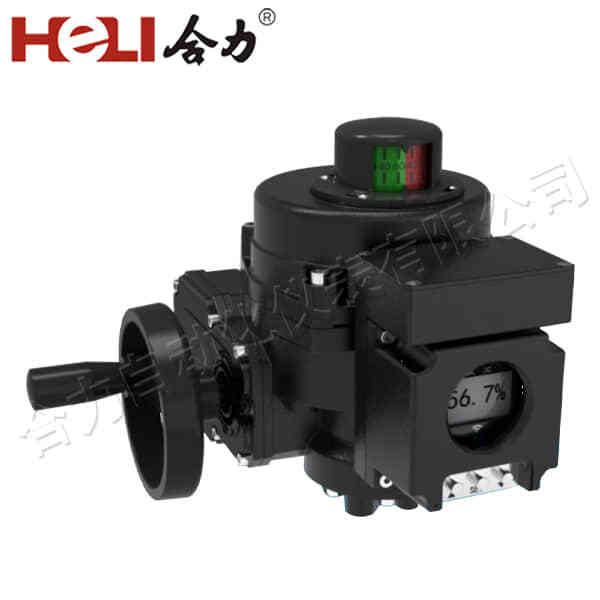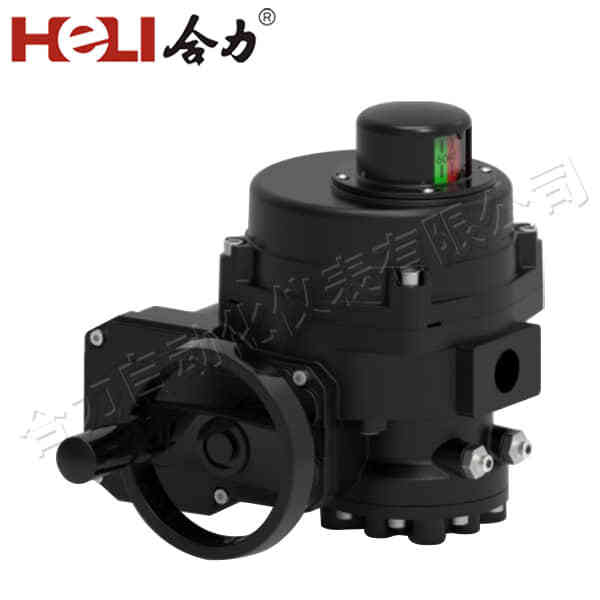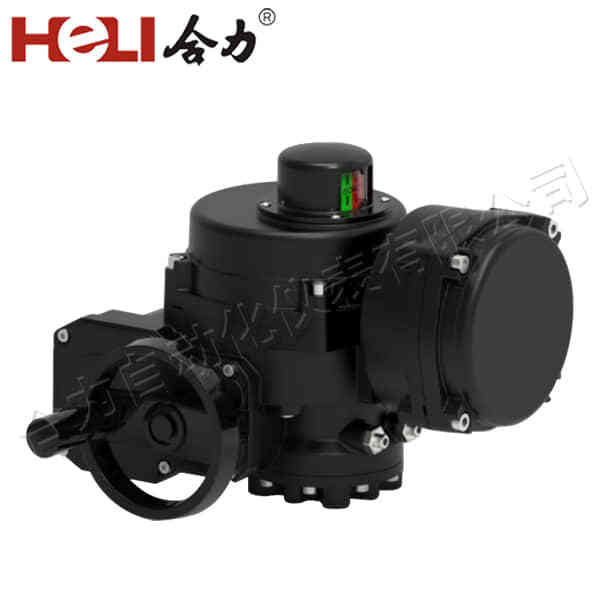Electric actuators are devices that convert electrical energy into mechanical motion, making them an essential component in a wide range of industrial, automotive, and domestic applications. By providing precise control over the movement of various mechanisms, electric actuators have become a vital element in automation, offering advantages over their counterparts, such as pneumatic or hydraulic actuators. This article delves into the working principles, types, advantages, and applications of electric actuators.

Working Principles of Electric Actuators

At the core of an electric actuator is an electric motor that drives mechanical components to produce motion. The motor’s rotational motion is typically transferred through a gearbox, which reduces speed and increases torque, making it suitable for controlling heavy loads. Depending on the application, the actuator can produce either rotary or linear motion. The actuator’s motion is usually controlled by a feedback system, such as a position sensor or encoder, ensuring that the device stops at the correct position. The two primary types of electric actuators are rotary actuators and linear actuators. A rotary actuator produces rotational motion and is often used to drive valves or mechanical systems that require turning motion. In contrast, a linear actuator provides a straight-line motion, ideal for pushing, pulling, or lifting tasks, such as in electric lifts, sliding doors, or valves.
